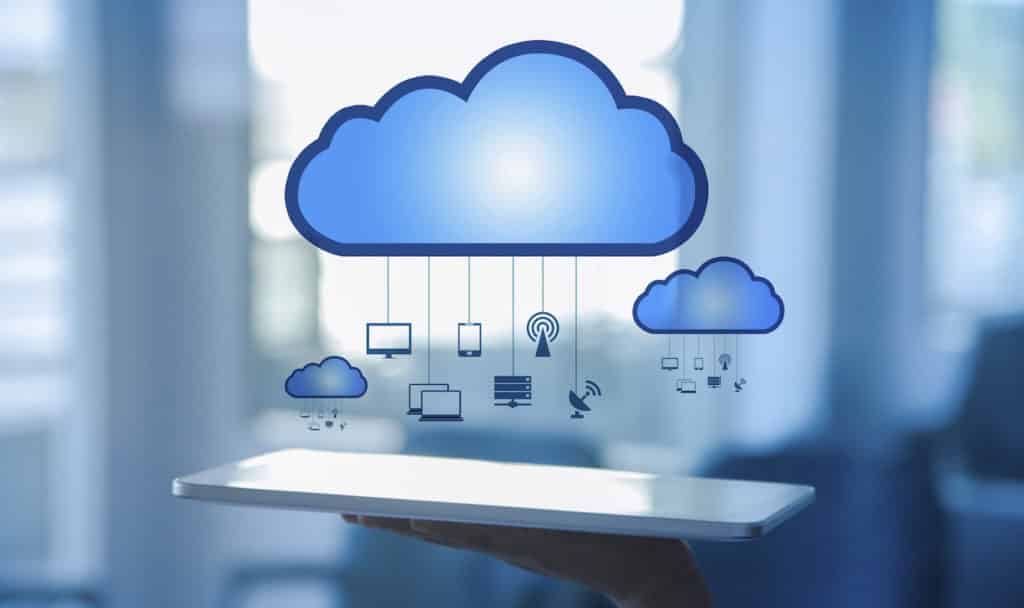
Importance of Continuous Monitoring in DevOps
DevOps has become an overloaded buzzword in various industries. According to a survey, organizations and teams have understood the importance of DevOps in scaling software development.
What is DevOps?
A perfect blend of development (Dev) and operations (Ops), DevOps is the combination of people, process, and technology to provide value to the customers.
It enables formerly scattered roles – development, IT operations, quality engineering, and security – to collaborate and produce more reliable outcomes. With the help of DevOps, teams can better cater to the needs of customers, increase confidence in the apps, and achieve business goals fasters.
What does DevOps offer?
Companies that are adopting DevOps services get more done – plain and simple. With a single team of cross-functional members, DevOps is helping companies to deliver with maximum speed, functionality, and innovation.
Here are some of the benefits associated with DevOps:
Faster Delivery Time
DevOps’s three main features – automation, continuous delivery, and quick feedback – software development has become faster and more efficient. There are various DevOps metrics available to ensure a smooth flow of the SDLC.
Innovation
DevOps nurtures innovation by letting teams learn more and better understand customer expectations. Innovation comes when people with different perspectives meet and bounce ideas off each other.
Agility
Agility is a broader term and is used to cover various advanced capabilities. DevOps services cover all the subsets of skill – making business to be more agile. For example, DevOps helps understand how the customers use the products and their overall preferences to add more value.
It Translates into Money
With automation in DevOps, an organisation can benefit by saving manual costs, which means higher monetary savings. After all, a penny saved is a penny earned.
Continuous Delivery
DevOps services are often recognised through continuous delivery practices. It helps ensure that the product that hits the market is defect-free and readily available to the customers.
Introduction to Continuous Monitoring
Continuous monitoring is the process and technology needed to incorporate monitoring during each phase of the DevOps and IT operations lifecycles. It ensures that your product’s health, performance, and reliability are up-to-date as it moves from development to production.
It builds on the concepts of Continuous Integration and Continuous Deployment (CI/CD) that help in developing and delivering software faster.
Why do we need Continuous Monitoring in DevOps?
One of the critical tasks that teams need to take care of is keeping application databases updated and ultimately keeping the end-users satisfied. Based on research conducted by DBTA1, 66% of the DBAs who responded said that performance is the most crucial responsibility when managing databases in the cloud, and 63% believed that taking care of performance takes up most of their time.

These stats are enough to showcase the importance of database and DevOps metrics monitoring tools. In addition to that, they also justify the fact that database performance monitoring is closely linked to DevOps culture.
DevOps is highly focused on automation and automating the database performance monitoring to make the databases stable. Performance is an essential factor in a product, and therefore monitoring is an integral part of DevOps.
Operation teams, development teams, and DBAs can take advantage of the typical set of performance data and support production application databases. The data generated through monitoring can and should be of value to the stakeholder’s needs, whether high-level or granular.
How is Continuous Monitoring Implemented?
The implementation of continuous monitoring in DevOps services can be divided into five significant steps:
System Definition
The organization must first determine the scope of its continuous monitoring deployment.
Risk Assessment
Assessing the risk associated with each asset is vital to ensure secure products. Higher-risk assets need more rigorous security controls.
Choosing and Implementing Control Applications
After assessing the risks, security controls must be applied to each asset. These controls could be passwords, firewalls, antivirus software, or other forms of authentication.
Software tool Configuration
The continuous monitoring tool must be configured to capture data from the security controls that we applied.
Ongoing Assessment
Merely collecting the data is not enough. Teams must continually analyse it to detect trends, patterns, or outliers that indicate abnormal network activity.
Wrapping Up
With the fast-changing technology landscape, embracing DevOps will help organizations increase their speed and quality of their development and deployment processes.
Continuous monitoring will help in understanding the process’s health at any given point in time. It bridges the gap between the development and operation teams – thereby enabling DevOps culture.
Cuelogic focuses on world-class software engineering by building Cloud Native & Data-Driven applications for SMEs to Large Enterprises. We are a technology-driven agile organization focusing on building and managing software products using cutting technology to leverage scalability and cost advantages.
Cuelogic specializes in Outsource software development services, DevOps Services, Cloud Services, IoT App development services, Data & Machine learning services







